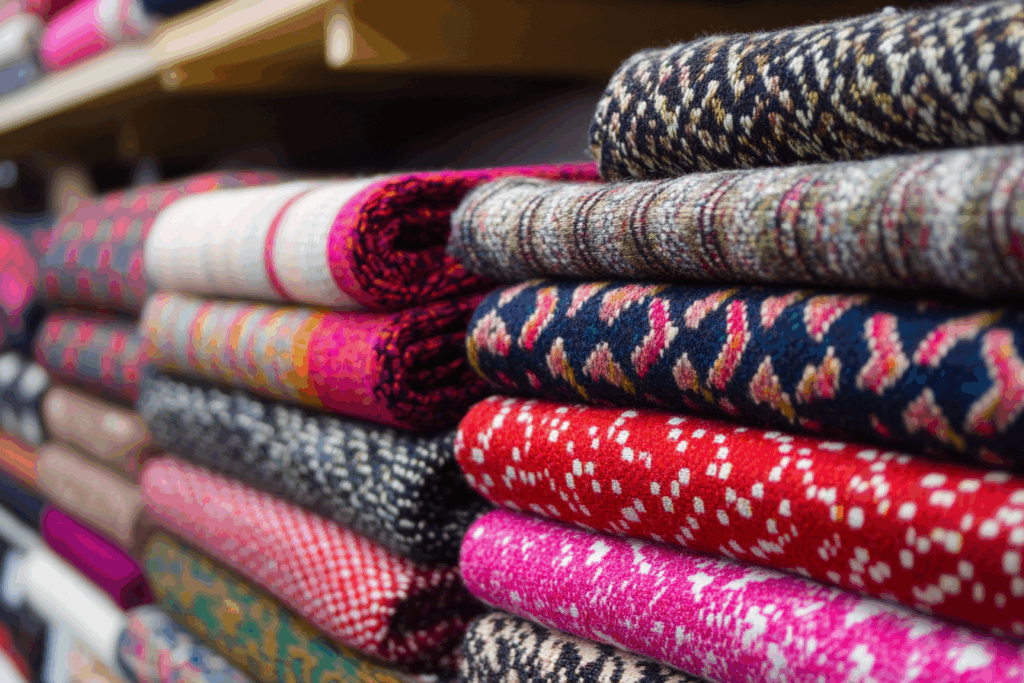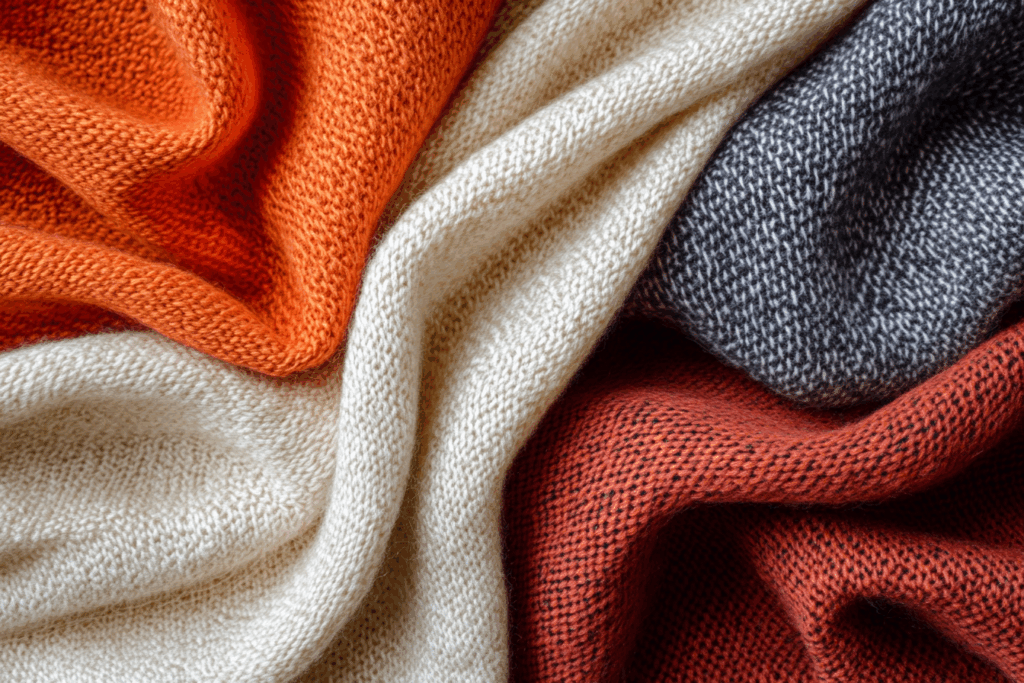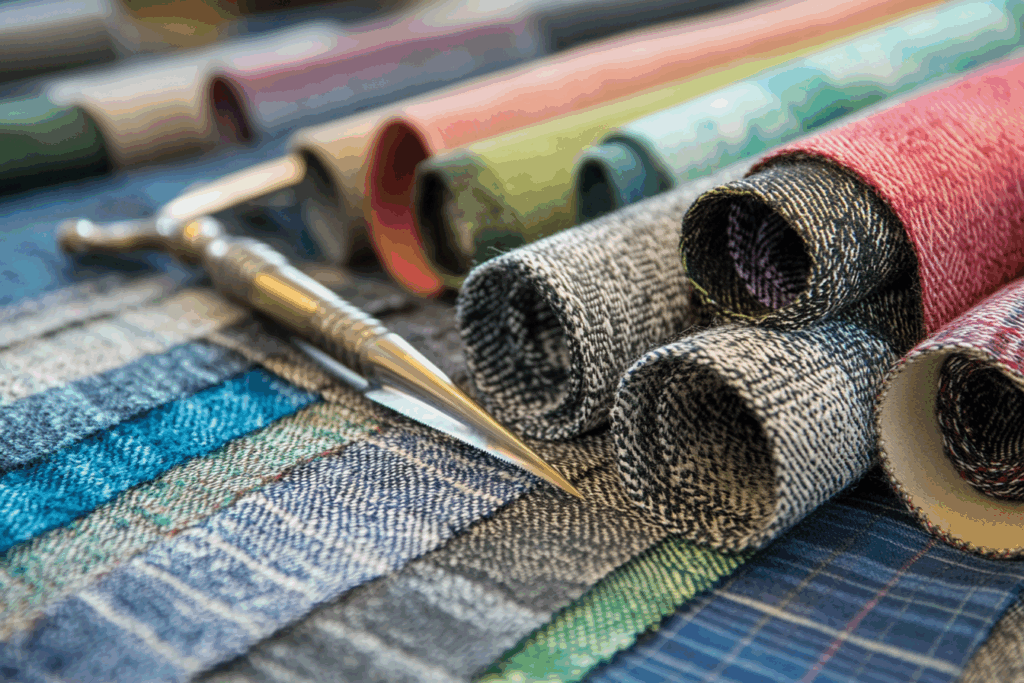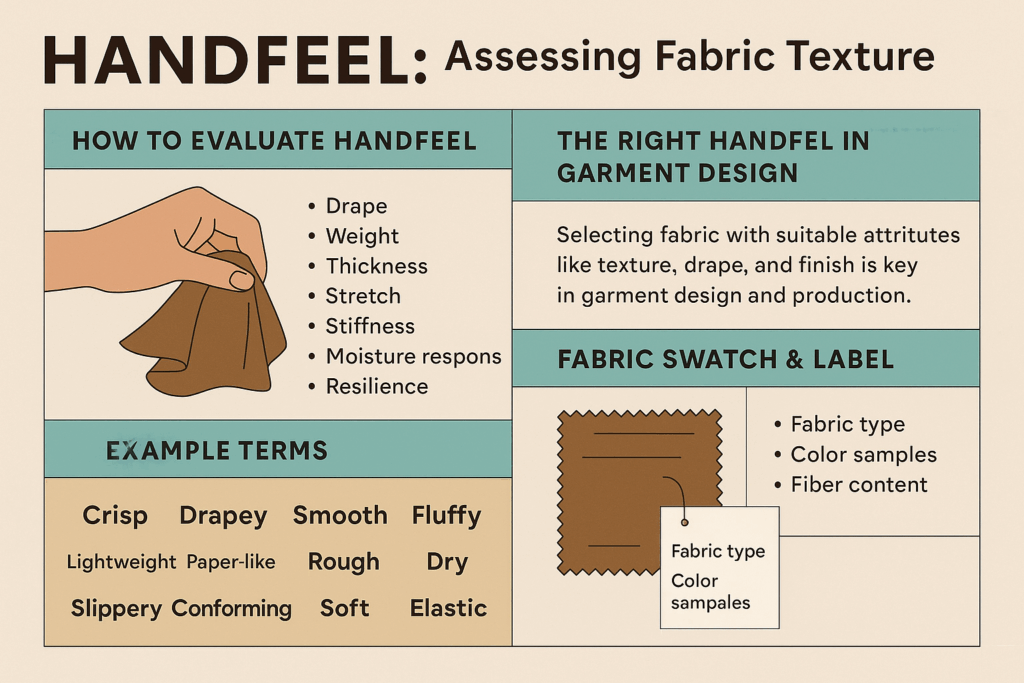Knit Fabrics vs. Woven Fabrics: A Guide for Fashion Designers
🧵 Why Understanding Fabric Construction Matters
In the world of textile production, knit fabrics and woven fabrics represent the two major categories of fabric manufacturing. While these differences may seem minor to everyday consumers, they are fundamental knowledge for any fashion designer.
Throughout their careers, many designers specialize in either knitwear or woven garments—from activewear to tailored suits. However, understanding both fabric types allows designers to expand their skill set, diversify their product offerings, and communicate more effectively with suppliers and production teams.
🔍 What Is Woven Fabric?
Woven fabric is made by interlacing two sets of yarns—warp and weft—at right angles to form a structured, grid-like pattern.
🧷 Woven Fabric Construction:
- Warp yarns: Run lengthwise (vertical direction)
- Weft yarns: Run crosswise (horizontal direction)
- Interlacing is done on a loom, where a shuttle carries weft yarns through gaps between raised warp threads
- The result is a firm, stable fabric with minimal stretch (unless elastic fibers are added)
📌 Common woven fabrics include denim, twill, satin, poplin, organza, and linen.


🧵 What Is Knit Fabric?
Knit fabric is made by interlooping yarns using needles—either by hand or machine. Unlike woven fabrics, knit structures allow yarns to move and stretch freely, giving the fabric natural elasticity and flexibility.
🧷 Knit Fabric Construction:
- Made using circular or flat knitting machines
- Formed by one continuous thread looped repeatedly
- Offers soft drape, excellent stretch, and high comfort
- Edges tend to curl and must be stabilized during cutting or finishing
📌 Common knit fabrics include jersey, interlock, rib knit, pique, and sweater knits.
📊 Knit vs. Woven Fabric Comparison Table
| Feature | Knit Fabric | Woven Fabric |
|---|---|---|
| Construction Method | Interlooping yarns | Interlacing warp and weft |
| Machine Type | Knitting machine | Loom |
| Stretch | Naturally stretchy | Limited (unless elastic added) |
| Comfort & Flexibility | High | Moderate to low |
| Edge Behavior | Curls at edges | Frays at edges |
| Drape | Soft and flowing | Crisp or structured |
| Typical Garments | T-shirts, leggings, sweaters | Shirts, suits, pants, dresses |
🪡 Importance for Fashion Designers
For fashion designers, recognizing whether a fabric is knit or woven is essential because it affects:
- Pattern drafting: Knit garments require different ease and shaping
- Sewing techniques: Knit fabrics need stretch-friendly stitches; woven fabrics may need seam finishing
- Silhouette design: Wovens hold structure; knits conform to the body
- Production planning: Fabric selection influences machine type, lead time, and handling
🎯 Misidentifying fabric structure during the design phase can lead to fit issues, production delays, or functional problems in the final product.
🌟 Summary
While most consumers may not distinguish between knit and woven fabrics, for professional fashion designers, this knowledge is non-negotiable. Whether designing tailored woven trousers or a casual knit hoodie, understanding fabric construction allows you to choose the right materials, apply the correct techniques, and deliver high-quality garments that align with both form and function.



